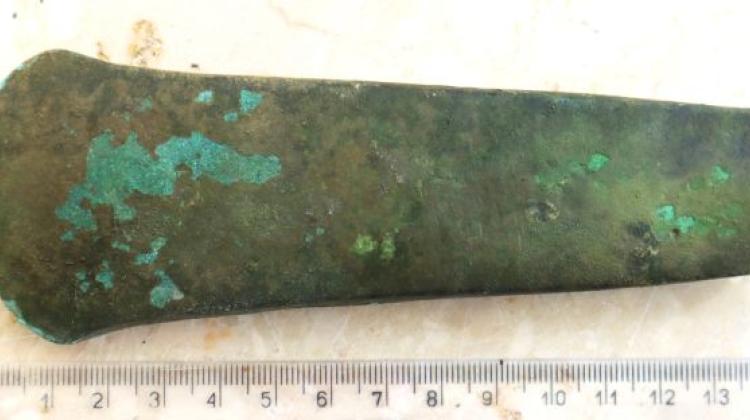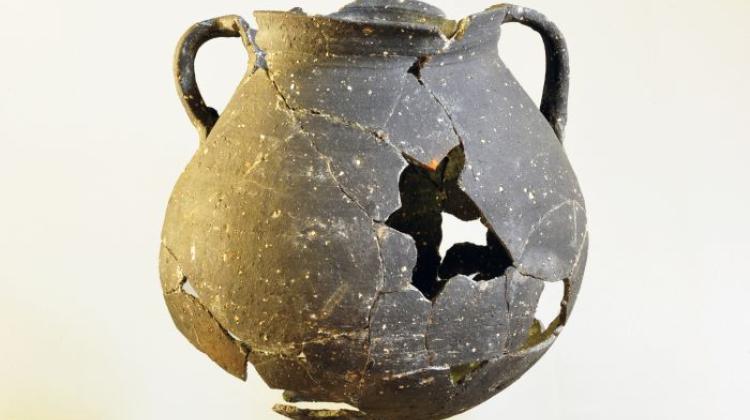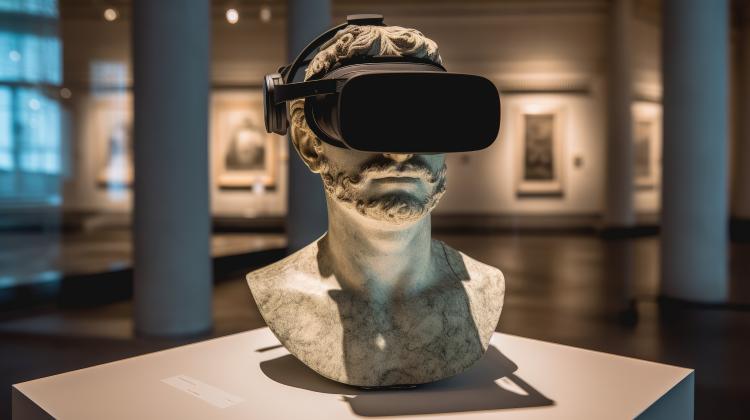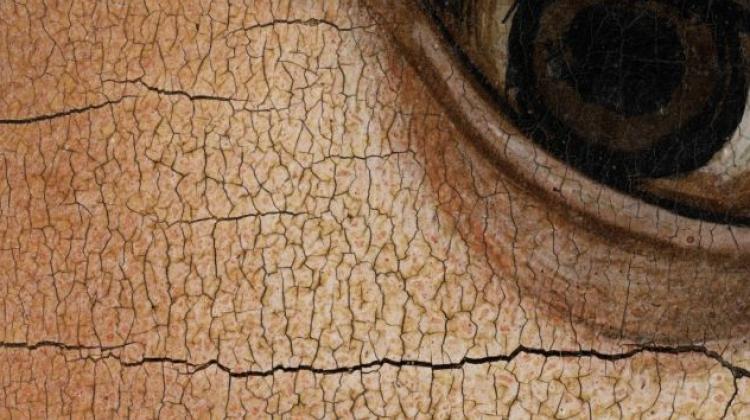Fragments of ‘unique’ 17th-century iconostasis found in church
Researchers from the Institute of Art of the Polish Academy of Sciences have discovered large fragments of a 17th-century iconostasis in the attic of a church in Nowoberezowo (Podlaskie). In their opinion, it is the oldest such work of art in the region; a unique one, as evidenced by its originality and state of preservation.
The discovery was made during a project entitled 'Consolidation of heritage. Inventory and documentation of monuments on the western border of the eastern lands of the former Polish-Lithuanian Commonwealth'. The discovery was made by Dr. Zbigniew Michalczyk, Piotr Jamski and Jan Nowicki from the Catalogue of Art Monuments in Poland team.

Large fragments of the iconostasis, dating back to the 17th century, were found during research in the Hajnówka district, in the attic of the church of St. John the Theologian in Nowoberezowo, researchers announced in Białystok, where the discovery was presented. There are a total of 17 fragments in various states of preservation.
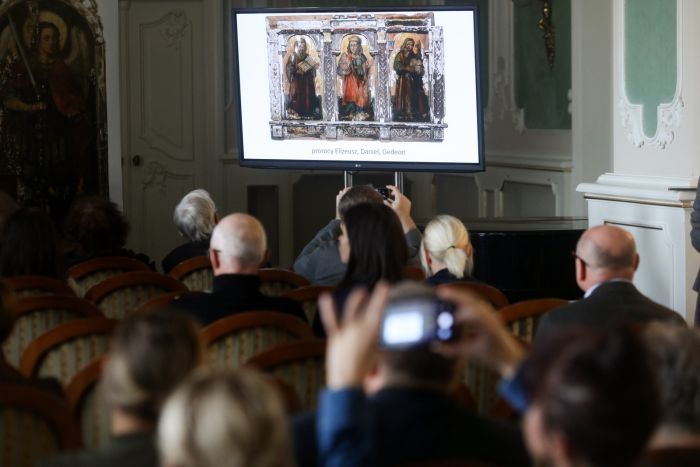
During the presentation, the researchers showed photographs of the discovered fragments and details of individual icons. They also presented a reconstruction of the entire iconostasis, based on a compilation of discovered fragments and archives, showing the locations of individual icons.
'We have absolutely no doubt that this is a unique discovery. From the very beginning, when we realized what we were dealing with, we were convinced that it was extremely important,’ Jan Nowicki told PAP.
The presentation was advertised as 'perhaps the greatest discovery of the Catalogue of Art Monuments in Poland team since El Greco's painting' (it concerns the discovery of the artist's painting 'The Ecstasy of St. Francis' during the inventory of monuments in Mazovia). Nowicki said that the discovery of the iconostasis was a 'comparable event'.
'Why is it comparable? Firstly, because Podlasie is an area that historically experienced various waves of destruction, therefore there is a small chance of finding an object of such an old date, a 17th-century object that has basically never been preserved, (...) one that is as original as possible, we are dealing with art that has not been mediated by any conservation, and this is an absolute sensation,’ Nowicki said.
He also pointed out that the iconostasis is a very complex object, there are several preserved icons that 'are in various states: some are in perfect condition, others are almost completely destroyed'. 'Still, what we have allows us to reconstruct almost the entire structure of the iconostasis, which is eight meters wide. It is an absolute sensation in Poland, and in fact in Central and Eastern Europe in general, where such art actually occurs,’ he said.
He added: ’We cannot mention the name of an artist known from every European art gallery, such as El Greco, but the combination of these factors: originality, scale of preservation of the object, as well as the entire local context, the transcultural nature of the region, makes this work absolutely paramount.’
According to researchers, the iconostasis from Nowoberezowo is the oldest such object in the region. During the meeting, they emphasised that almost all objects of this type from the 17th and 18th centuries in the Russian partition were destroyed in the 19th or 20th century. Dr. Zbigniew Michalczyk said that there was almost no analogy to the discovered iconostasis. He mentioned that small relics of 17th-century modern iconostases in Podlaskie had been preserved, for example, in the churches in Bielsk Podlaski and Augustów. An analogy - as Michalczyk added - may be the 17th-century icons from the monastery in Supraśl, found a few years ago by researchers in the cemetery chapel in Topilec.
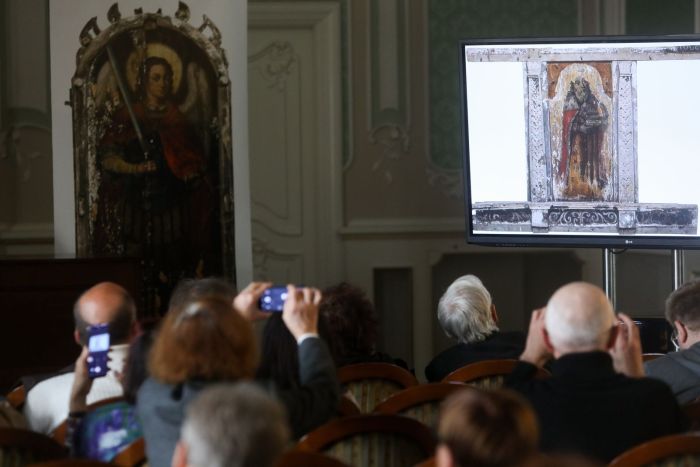
Due to the importance of the iconostasis, researchers also presented the preliminary results of their research in a study published in the latest issue of Biuletyn Historii Sztuki (Art History Bulletin). (PAP)
PAP - Science in Poland, Sylwia Wieczeryńska
swi/ aszw/ kap/
tr. RL
Przed dodaniem komentarza prosimy o zapoznanie z Regulaminem forum serwisu Nauka w Polsce.


